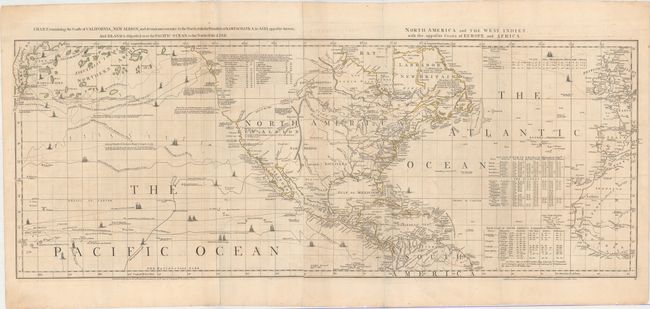Catalog Archive


Auction 160, Lot 98
"[A Chart of North and South America, Including the Atlantic and Pacific Oceans, with the Nearest Coasts of Europe, Africa, and Asia - Sheets III and IV]", Jefferys/Sayer & Bennett

Subject: Colonial North America, North Atlantic & North Pacific Oceans
Period: 1775 (dated)
Publication: The American Atlas
Color: Hand Color
Size:
44.4 x 16.8 inches
112.8 x 42.7 cm
Download High Resolution Image
(or just click on image to launch the Zoom viewer)
(or just click on image to launch the Zoom viewer)